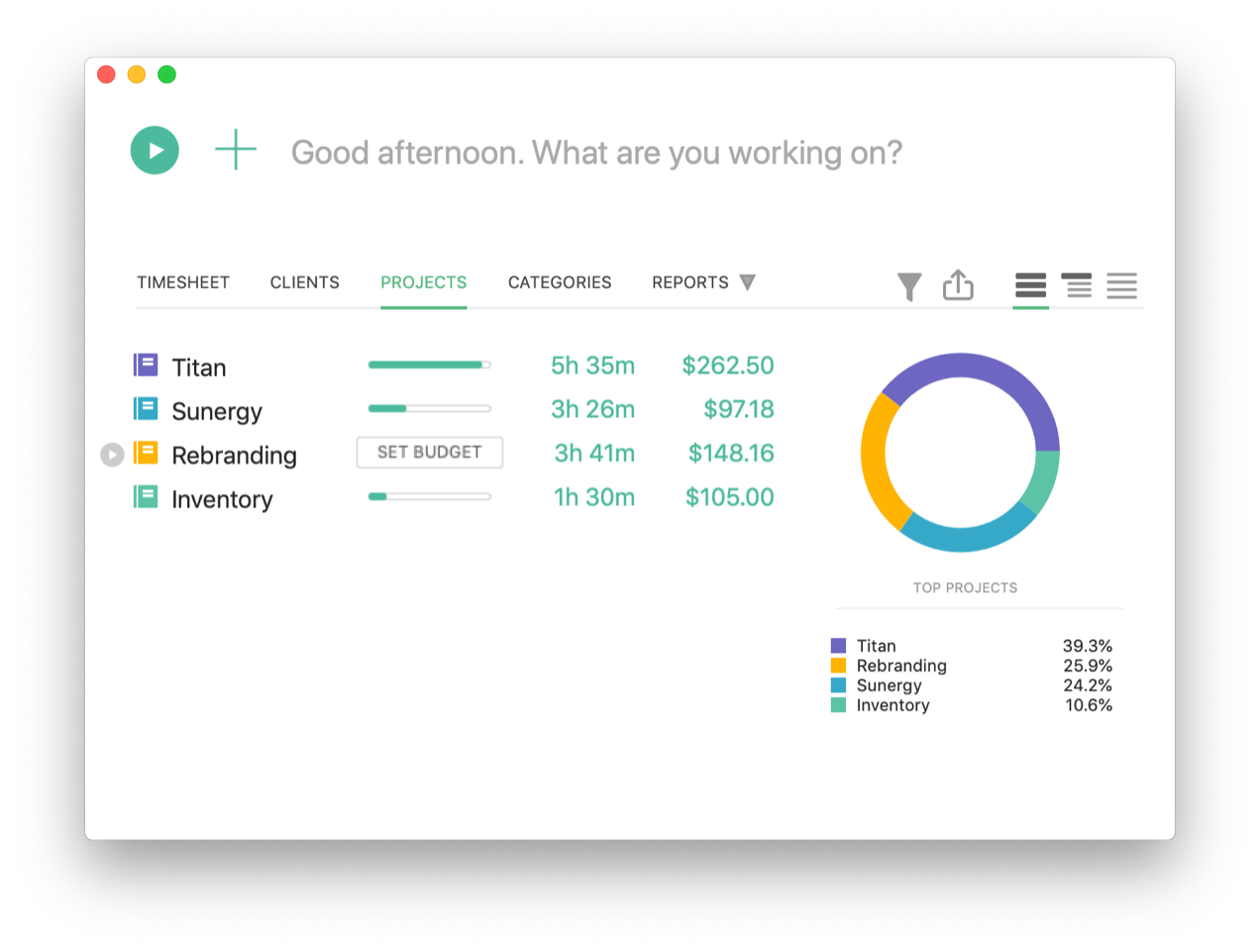

The system provided hierarchical administration and resource allocation.
 Users' files were protected from access by other users unless voluntarily shared. The CTSS operating system executed in storage that user programs could not access. In user mode, the CPU trapped I/O and privileged instructions. In user mode, the memory bounds register in the CPU trapped user program attempts to modify other users' programs. User program execution was done in a virtual 7094 with its own private unshared memory image. MIT's CTSS, the predecessor of Multics, was designed in 1961 to provide multiple users with an independent share of a large computer.Ī major motivation for its security features was to ensure that the operating system and system accounting functioned correctly. This article describes the Multics security evaluation that led to the B2 rating in the mid 1980s, In the 1980s, the US National Computer Security Center established a system security evaluation methodology,Īnd the Multics team made changes to Multics and provided documentation, leading to the award of a class B2 rating. US DoD-funded projects built several demonstration systems and added security features to Multics. Research led by US Air Force Major Roger Schell led to explicit models of US government document security requirements that military computer systems would have to meet. In the 1970s, the US military realized that their requirements for handling classified documents were not met by any computer system.
Users' files were protected from access by other users unless voluntarily shared. The CTSS operating system executed in storage that user programs could not access. In user mode, the CPU trapped I/O and privileged instructions. In user mode, the memory bounds register in the CPU trapped user program attempts to modify other users' programs. User program execution was done in a virtual 7094 with its own private unshared memory image. MIT's CTSS, the predecessor of Multics, was designed in 1961 to provide multiple users with an independent share of a large computer.Ī major motivation for its security features was to ensure that the operating system and system accounting functioned correctly. This article describes the Multics security evaluation that led to the B2 rating in the mid 1980s, In the 1980s, the US National Computer Security Center established a system security evaluation methodology,Īnd the Multics team made changes to Multics and provided documentation, leading to the award of a class B2 rating. US DoD-funded projects built several demonstration systems and added security features to Multics. Research led by US Air Force Major Roger Schell led to explicit models of US government document security requirements that military computer systems would have to meet. In the 1970s, the US military realized that their requirements for handling classified documents were not met by any computer system. #Officetime 1.6.3 how to#
When Multics was released in the early 1970s, it had a large collection of features designed to provide privacy and security Įach organization that installed a Multics system chose how to use them to achieve its goals. Areas that are incomplete are marked XXX.Īdditions are welcome: please send mail to the editor.






 0 kommentar(er)
0 kommentar(er)
